
A new study in top equine athletes brings nutritional deficiencies into the spotlight.

A new study in top equine athletes brings nutritional deficiencies into the spotlight.
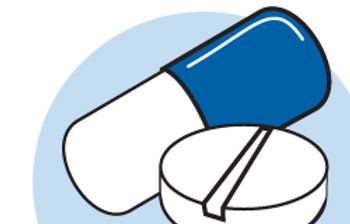
Changing our mindset when it comes to this increasingly larger problem.

How do I handle 'sugar pushers'-clients or team members who bring in sweet treats for our staff or who place fund-raising cookie and candy order forms in the break room? I don't want to be rude, but I also want to live a healthy lifestyle.

Dr. Susan Little addresses this critical component of patient care.

Nestle Purina is rolling out a campaign called Project Pet Slim Down as a way to address pet obesity.

Celebrate National Pet Obesity Awareness Day by finishing a short survey.

The recall covers three pet-food products suspected of containing higher levels of Vitamin D than intended.
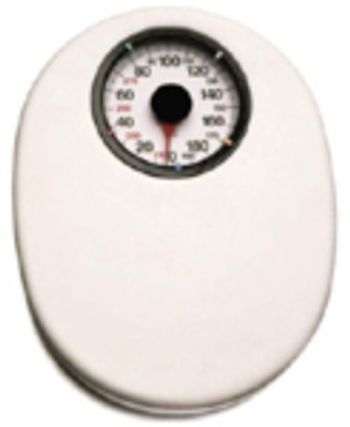
Add nutrition to exam room discussions for healthier patients at your veterinary practice.

Secaucus, N.J. -- Hartz Mountain Corp. is recalling a dog treat due to concerns over the risk of Salmonella contamination.

Be sure you're taking every chance to help clients learn what to feed their pets.

Cincinnati -- Proctor & Gamble is voluntarily recalling a small number of bags from one Iams dry cat-food formulation.

Producing "ah-ha" nutritional moments with AAHA's assistance.

Educational push hopes to make hospital team, pet owners 'nutrifluent'
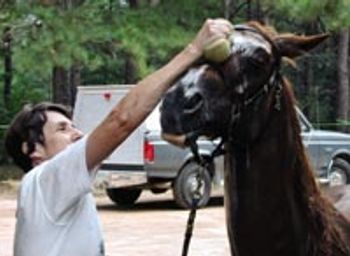
Often clients will consult their veterinarians regarding conditioning, nutrition, supplementation and managing horses exercising in extreme heat.

Use these tools and guidelines to increase your nutritional knowledge.

Muscle wasting and other abnormalities may be lying just beneath the surface.

Providing appropriate treats for pets doesn't have to be tricky.

How to conduct an effective interview with clients.

Salmonella contamination may be the culprit in severe 2006 and 2008 outbreaks, especially affecting small children.

Chair of the new Academy of Veterinary Nutrition Technicians, Kara Burns, left, stands with the chair of the NAVTA Committee on Veterinary Technician Specialties, Amy Butzier, CVT, (VTS Equine).

Toronto, Ontario -- Menu Foods -- known largely for a widespread pet-food recall in 2007 -- was purchased by Arkansas-based Simmons Pet Food, Inc. for $239 million.

This online on-demand course presents a series of case studies that teach veterinary professionals how to use nutrition to tackle everyday GI challenges. (2 CE credits)

This on-demand online module includes a step-by-step approach to setting up an in-clinic weight management program, as well as six case studies covering a range of cat and dog weight issues. (1 CE credit)
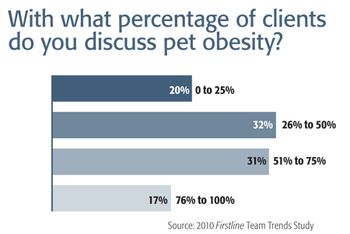
When "big-boned" doesn't cover a pet's condition anymore, veterinary team members say conversations about pet obesity are important ... but not with every client.
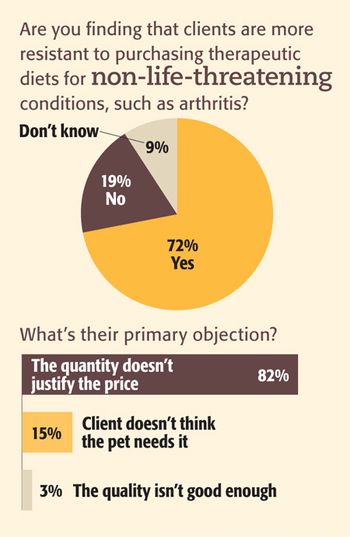
Veterinary clients are turning down therapeutic diets for pets, complaining that they're too expensive. Are you the reason cats and dogs aren't getting the food veterinarians say they need?